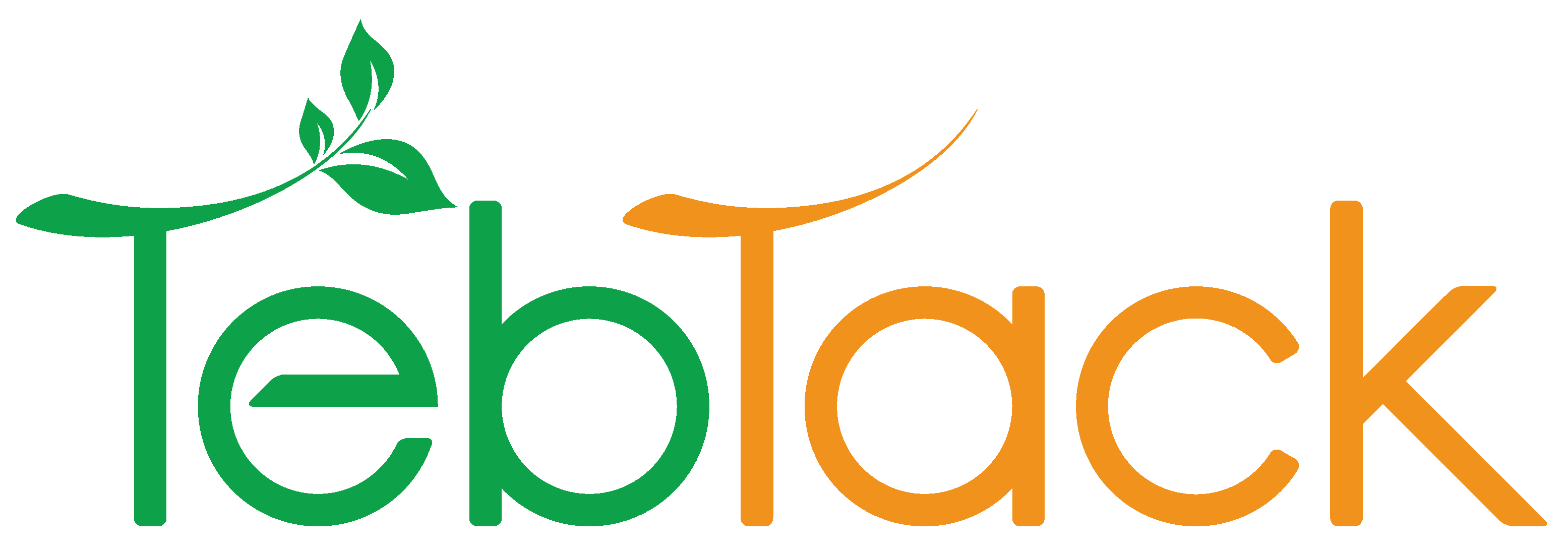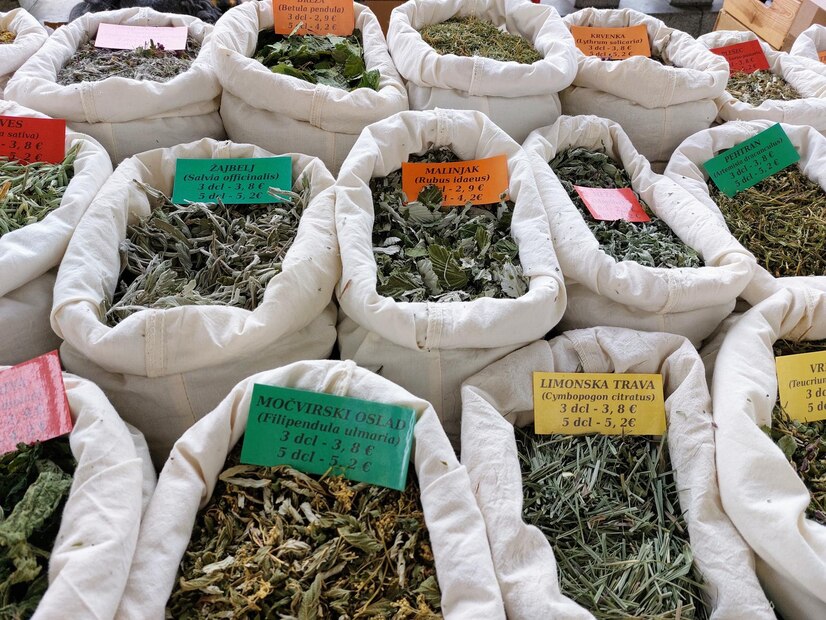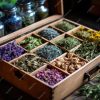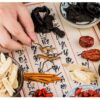As the demand for medicinal herbs continues to rise globally, navigating the complex regulatory landscape becomes increasingly critical for businesses involved in their import and export. Ensuring compliance with international standards and regional regulations not only protects your business from legal complications but also establishes credibility and trust with your partners and consumers. In this blog, we explore the key aspects of the regulatory landscape and provide actionable insights to help you navigate it effectively.
1. Key International Regulatory Frameworks
World Health Organization (WHO) Guidelines
The WHO provides overarching guidelines for the cultivation, collection, and processing of medicinal plants, emphasizing:
- Good Agricultural and Collection Practices (GACP): Ensures sustainable and high-quality herb production.
- Good Manufacturing Practices (GMP): Focuses on maintaining quality during processing and packaging.
These standards serve as a global benchmark for medicinal herb trade.
Codex Alimentarius
This international food standards body, established by the FAO and WHO, provides recommendations on the safe use of herbs in food and supplements. Key areas include:
- Labeling Requirements: Clear information about ingredients, origin, and safety.
- Contaminant Limits: Maximum allowable levels for pesticides, heavy metals, and microbial impurities.
2. Regional Regulations
United States
- FDA Regulations: Medicinal herbs are classified under dietary supplements or drugs. The FDA mandates compliance with the Dietary Supplement Health and Education Act (DSHEA).
- Import Documentation:
- Certificate of Analysis (CofA)
- Phytosanitary Certificate
- Product Labels compliant with FDA guidelines
European Union
- European Pharmacopoeia Standards: Establishes quality requirements for medicinal substances.
- Novel Food Regulation: If a herb is newly introduced in the EU, it must undergo approval under the Novel Food framework.
- Organic Certifications: Herbs must meet EU organic farming standards to qualify as organic.
Asia
- China: Traditional Chinese Medicine (TCM) is heavily regulated, requiring herbs to comply with pharmacopoeial standards and national safety protocols.
- India: Overseen by AYUSH (Ayurveda, Yoga, Unani, Siddha, and Homeopathy), herbal products must comply with the Drugs and Cosmetics Act.
3. Common Compliance Requirements
1. Phytosanitary Certificates
Issued by the exporting country, this certificate ensures the product is free from pests and meets the importing country’s phytosanitary requirements.
2. Certificates of Origin
Verifies the geographic origin of the herbs, which may impact tariffs and trade agreements.
3. Quality Testing and Documentation
- Laboratory Tests: Ensure compliance with maximum residue levels (MRLs) for pesticides, heavy metals, and microbial content.
- Certificate of Analysis (CofA): Provides detailed information about the herb’s composition, potency, and purity.
4. Labeling and Packaging Standards
Labels must:
- Clearly list active ingredients.
- Avoid unverified health claims.
- Include usage instructions and warnings.
4. Key Challenges in Compliance
1. Varying Standards Across Regions
Different countries have unique requirements, making it challenging to create a uniform compliance strategy.
2. Evolving Regulations
With growing consumer demand and scrutiny, regulations are frequently updated. Staying informed is critical.
3. Costs of Compliance
Testing, certification, and documentation can be resource-intensive, especially for small businesses.
5. Strategies to Stay Compliant
1. Partner with Regulatory Experts
Work with consultants or legal advisors who specialize in medicinal herb trade to ensure compliance with regional regulations.
2. Leverage Technology
- Blockchain for Traceability: Ensures transparency in the supply chain.
- RegTech Solutions: Automates compliance processes, such as monitoring regulation updates and managing documentation.
3. Regularly Audit Supply Chains
Conduct audits to ensure your suppliers and distributors adhere to the required standards.
4. Invest in Training
Educate your team on global standards, documentation processes, and the importance of compliance.
Conclusion
Understanding and navigating the regulatory landscape for medicinal herb imports and exports can seem daunting, but it is essential for building a sustainable and trustworthy business. By staying informed, leveraging technology, and partnering with experts, you can ensure compliance and capitalize on the growing global demand for medicinal herbs.
Looking for support in navigating the complex regulatory environment? Contact TebTack for expert advice and comprehensive solutions tailored to your medicinal herb trade needs!




